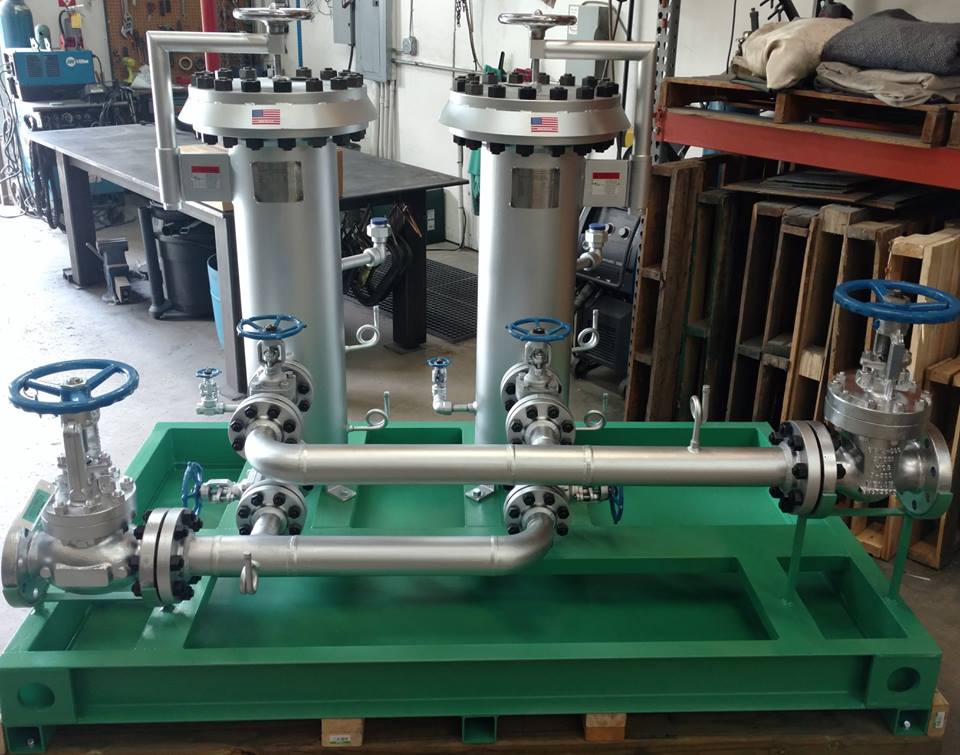In a thermal fluid heating system, the component responsible for transferring heat from one medium to the next is known as a thermal transfer heat exchanger. This device transfers heat through conduction via exchanger materials that separate the mediums used. Heat exchangers are widely used in heating as well as cooling processes. The fluids being processed are typically separated by a solid wall in order to prevent mixing and direct contact. A thermal transfer heat exchanger is commonly found in air conditioning, refrigeration, and space heating systems, but they are also widely used in chemical plants, power stations, petroleum refineries, petrochemical plants, sewage treatment, and natural gas processing.
Perhaps the most simple example of a thermal fluid heating system can be found in internal combustion engines. Here, a circulating fluid or engine coolant flows through the system’s radiator coils. The air that flows past these coils cools the coolant and at the same time heats incoming air. A heat sink is also a good example of a thermal transfer heat exchanger application, wherein heat that’s generated by a mechanical or electronic device is passively exchanged or transferred to a fluid medium (which is most often a liquid or air coolant).

There are several different types of heat exchangers available on the market, including shell and tube, plate type, and air cooled systems. A shell and tube thermal fluid heating system makes use of a series of small tubes located inside a cylindrical shell. These tubes are carefully positioned in a tube stack within the cylinder, allowing safe and efficient expansion and contraction of the tube bundle under varying heat conditions. This also allows for easy servicing and maintenance of the system.
A plate type thermal transfer heat exchanger, on the other hand, makes use of a series of accurately stacked plates instead of tubes. Plate type and shell and tube exchangers are very similar in terms of operation, but the compact construction of plate type exchangers make them ideal for food and beverage processing and refrigerant applications.
Finally, air cooled heat exchangers are most commonly used in mobile applications such as in vehicles, where no permanent source of cool water is available. Many systems combine engine jacket water coolers, change air coolers, and oil coolers into a single unit, helping reduce space requirements while improving the system’s efficiency. The system is supplied the cool air it needs either by the natural air flow created by the vehicle’s movement or through a fan.
Liquid Process Systems supplies a wide array of heat transfer fluid filtration and thermal fluid filtration products for use in thermal fluid heating systems.
